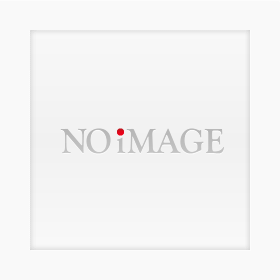It is a general term for thin films that have carbon as the main component, possessing both diamond and graphite carbon-carbon bonds, and exhibiting intermediate characteristics of each.
Various types of DLC exist and are widely used for a diverse range of applications (tools, precision molds, medical equipment), particularly in electronic components. They demonstrate excellent performance in processing copper (copper alloys), Inconel, and solder-plated products, and are used for dies and punches for bending and cutting, as well as guides for positioning pin transport. They also possess various functions such as low wear resistance (high hardness), low friction coefficient, anti-adhesion, infrared permeability, design flexibility, biocompatibility, gas barrier properties, and corrosion resistance.
Additionally, their application as gas barrier coatings for PET bottles has significantly expanded.
Functions of DLC Coating:
Non-stick / Slip resistance / Chemical resistance / Water and oil repellency / Wear resistance / Electrical properties and static prevention / Dimensional stability
Low Friction Coefficient:
With a low friction coefficient (μ=0.1), impulsiveness is improved, and high lubrication properties can be expected.
High Hardness:
With a hardness of HV3000 to 5,000, it possesses a hardness close to that of diamond.
Thin Film:
Film thickness of 1μ (ultra-thin films of several tens of nanometers are also possible) and can accommodate thick films.
Peeling Treatment:
The film can be removed through plasma etching treatment, making regeneration easy.
- Company:みのる産業
- Price:Other











